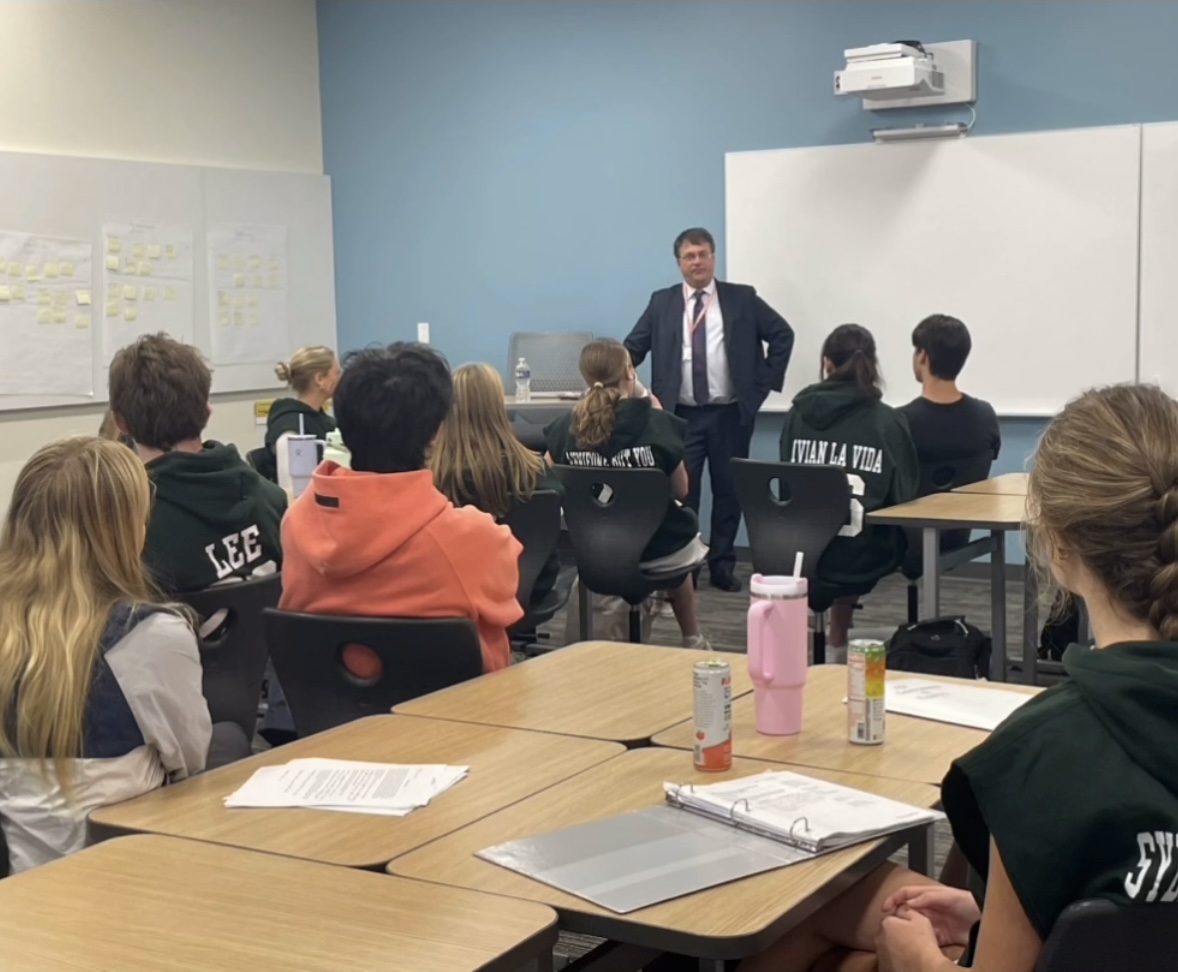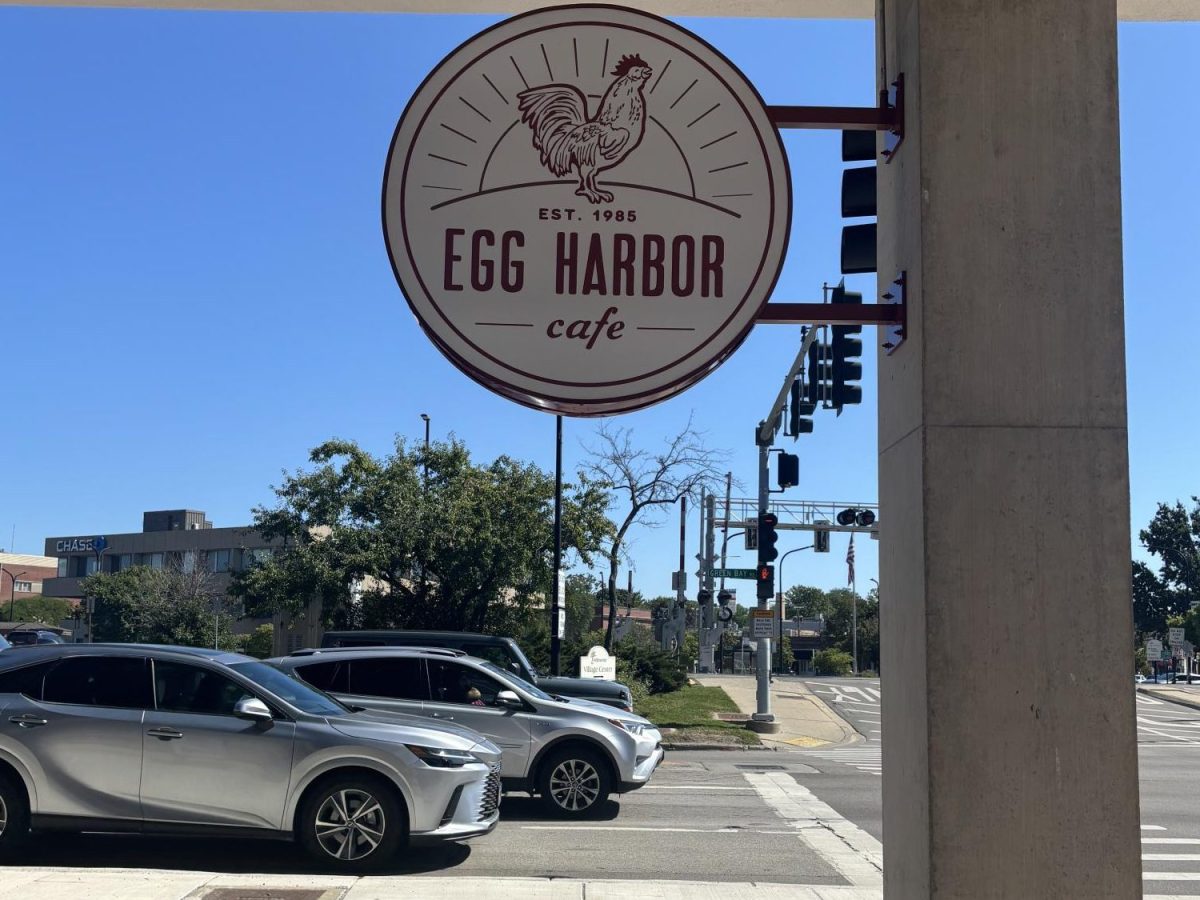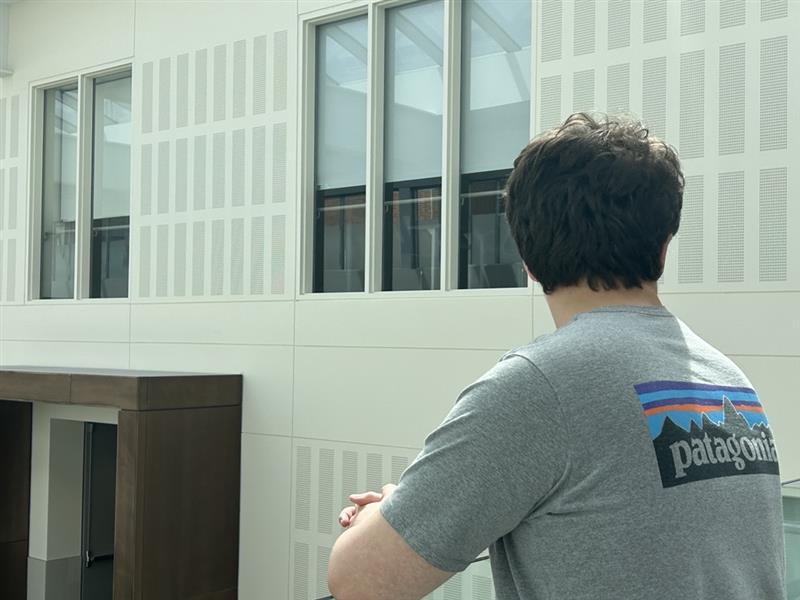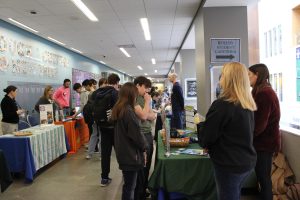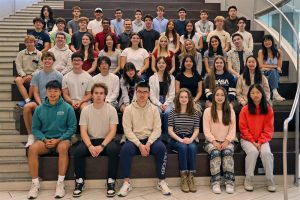Keeping an Ion Chemistry Lab Solutions
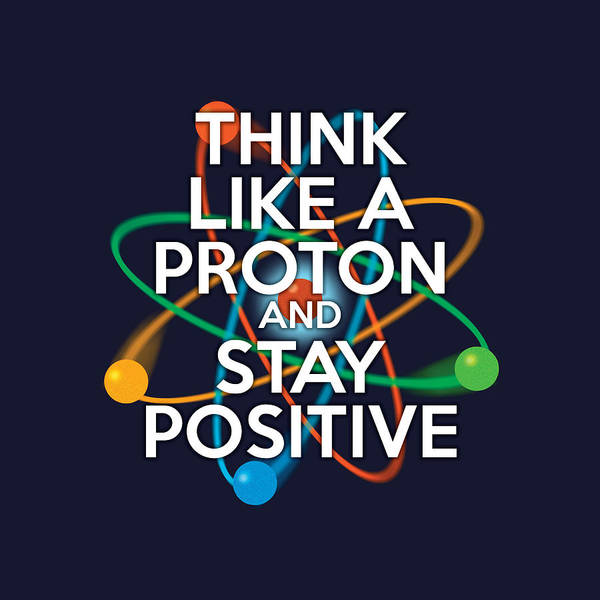
Image courtesy of Fine Art America, created by Thisis Notme
April 29, 2021
Chemistry labs play an immense role in shaping the scientific thinking of New Trier students. With social distancing and other safety precautions, it becomes difficult to find a way to conduct labs while promoting the engaging, hands-on, and most importantly fun aspects with students.
However, with time and effort, teachers have managed to find some new, innovative ways of managing labs with the current remote/hybrid environment that incorporate important skill sets necessary to become a successful chemistry student.
Method 1: Remote students direct in-person students
Mr. Loris, an early bird chemistry teacher, explains that his labs are arranged in a way to incorporate both remote and hybrid students to allow for adequate participation on both parts. This method also happens to be the most commonly used with chemistry students and teachers.
“The goal is to have roles for the person at home and the person in the building to engage with the lab in a collaborative way. So, my method was to make the people at home be in charge of the procedure, and teach or explain to the person in the room what they need to do procedure wise.”
Whatever the students observe will be experienced for the first time together, and both students are involved in the learning process.
This process is student led, and allows for students to understand new lab techniques, as well as learn how to handle various pieces of equipment.
Mr. Loris continues to say that timing is a detriment of this method. It becomes hard to determine just how long the experiments will take, especially with implementing safety measures for Covid.
Not only this, but Zoom forces multiple students trying to talk to other students in breakout rooms, so it becomes difficult to hold conversations due to possible audio lag and overlap.
Another predicament is the overall participation between both remote and hybrid students. Are the students at home able to get as much out of the lab as is expected?
An anonymous remote student explains that currently, their chemistry teacher has been having the students in the room model the lab to the students on Zoom as they do it.
They continue, “Although the students at home are able to be able to see the reaction for themselves, sometimes it can be difficult to understand what’s going on over the noise in the room.”
The student also explains that in their case, the hybrid students happen to benefit more from the lab. Although the students over Zoom give the hybrid students the instructions, in some cases the hybrid students could easily access the instructions themselves.
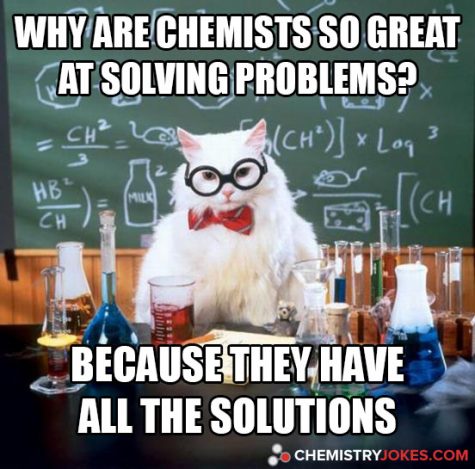
Method 2: All remote
Mr. Haak, a summer school chemistry teacher, had to monitor his chemistry labs in a fully remote environment. This allowed students to experience his labs in the same way: over Zoom.
Mr. Haak admits, “I couldn’t send home as many chemicals with the summer school [being] remote. So I changed it up to being the ‘chemistry of the kitchen.’ I would try to look at what the reaction is, and what I was actually trying to show them, and then I would use whatever chemicals would be in a normal pantry. That only goes so far.”
Mr. Haak further explained that they also did quite a few labs online with simulations, as well as pre-recorded demos with other New Trier science teachers.
With demos, the teachers were able to take pictures of components before and after a reaction, and they were able to display data so that the students could collect them through the video itself.
Mr. Haak states that this was a benefit because they could spend more time talking about the results instead of actually doing the experiment. On the other hand, one of the cons that come along with this approach is that it becomes difficult to learn lab skills.
There also happens to be quite a few “discovery-type” labs that require a more hands-on experience in order to truly understand what is happening.
Mr. Haak concludes that teaching students a scientific thinking mindset is crucial when performing labs, but observing human error during experimentation is equally essential.
In this method, students were not able to question the possible sources of error (such as liquid residue at the bottom of a beaker, and etc.) which is essential for critical thinking in science.
Some teachers have maintained fully remote chemistry labs amidst the new hybrid situation; hybrid student Riley Kramer says, “We aren’t really doing the labs– the way we’re actually doing them is either [our teacher] demos them for us in which she would have a student up there filming her so that everyone can watch and take notes, and the other way she would have us do them is by having us do a Gizmo– which is like a website where we can just answer questions. This website doesn’t show actual labs, but it shows what would happen in a lab without us actually doing it ourselves.”
One thing that students hope to gain from labs themselves are the experiences that come with performing a lab. Although this method makes it difficult to work with other people, it allows for an even playing field among all students.
Method 3: Both remote and hybrid students conduct labs
Ms. Cohen, a sophomore chemistry teacher, combines the methods both Mr. Loris and Mr. Haak used to create a different environment for her labs. Her labs are very flexible since they pair up students “in the classroom with students at home to allow them to take turns conducting labs (if there is a portion that can be done at home) and work on the analysis together. If necessary, labs can also be done fully remote.”
Ms. Cohen continues, “When I can modify a portion of the lab to be completed at home, it allows remote students to have a hands-on lab experience that is crucial to science education. Additionally, when I can manage hybrid labs and pair up in-person and remote students, it allows students to meet each other and build relationships, which is difficult to do when we aren’t all in school.”
Although with Ms. Cohen’s method it can become incredibly time consuming at times, and the ratios between students in person and students at home can be difficult to work with, Ms. Cohen’s method allows for remote students specifically to have an opportunity to experience labs.
Ms. Cohen stresses the importance of safety in her labs when she explains, “ If [a student] misses something on zoom, we can always re-do it and I can always provide alternative data. If I don’t think a lab can be done safely, I will do it as a demo or pre-record it instead.”
None of these methods are perfect, but in the end, they all happen to serve as well enough substitutes to maintain labs amidst Covid regulations.
Chemistry labs are essential for the growth of student minds, especially because they are able to provide real life applications for various concepts.
As we hope for the chemical reaction of Covid to fizz and bubble into nothingness, it is important to appreciate the effort chemistry teachers and students have put in order to sustain a vital part of chemistry.




